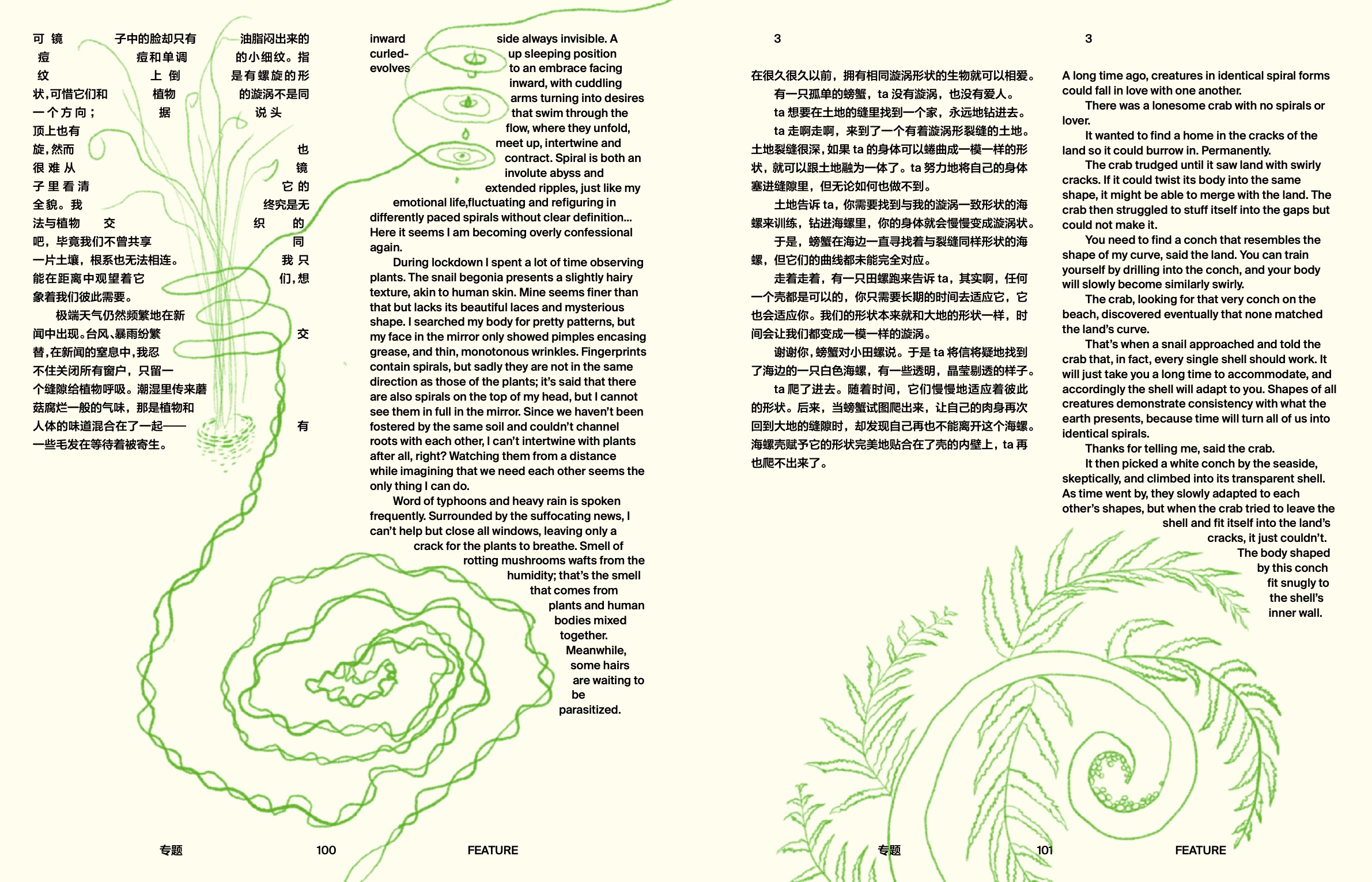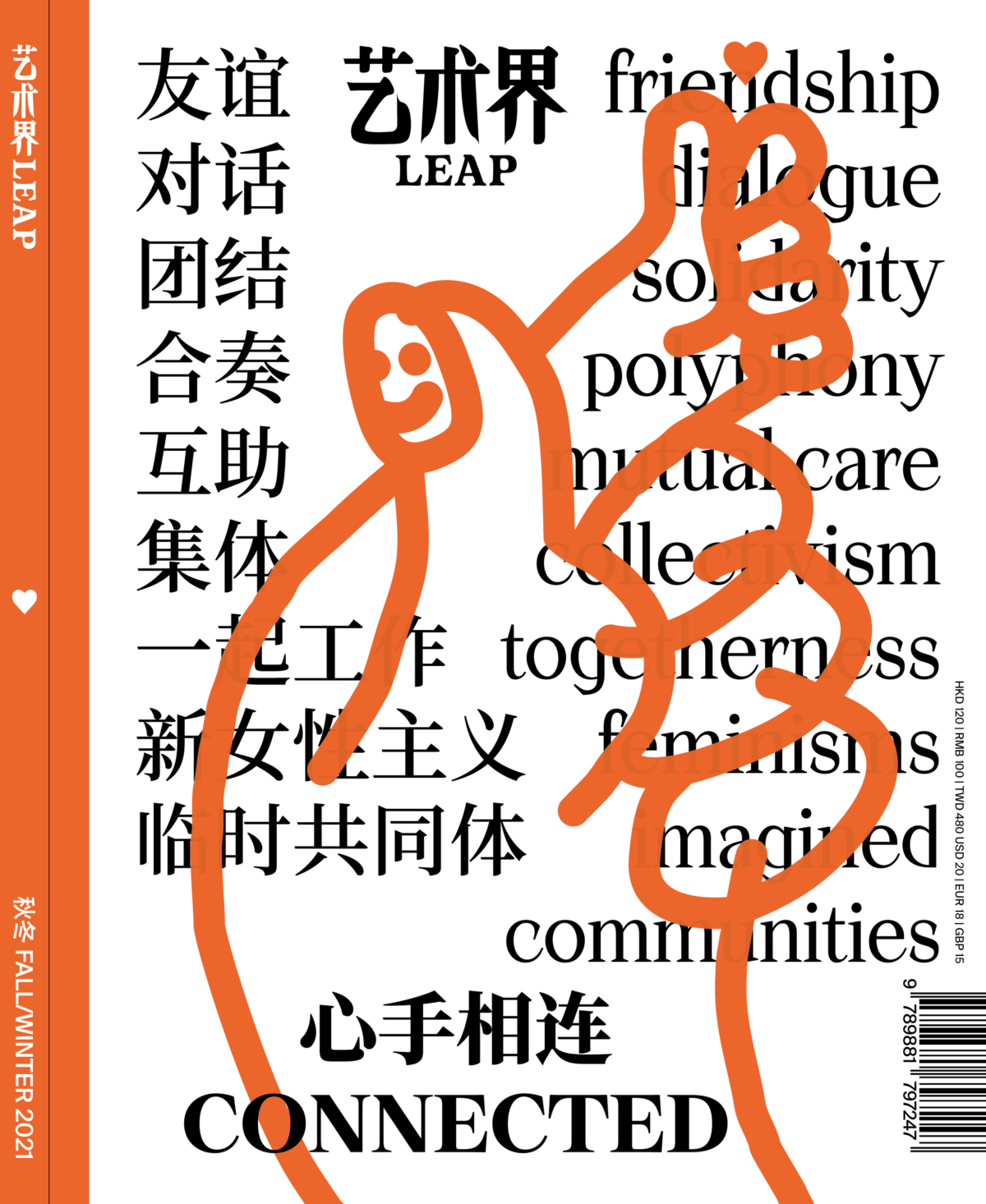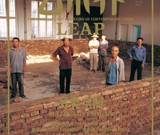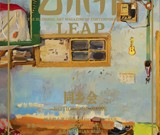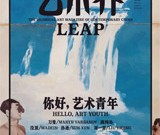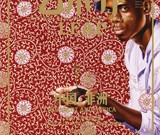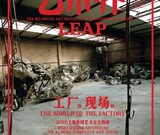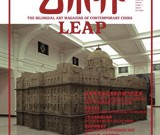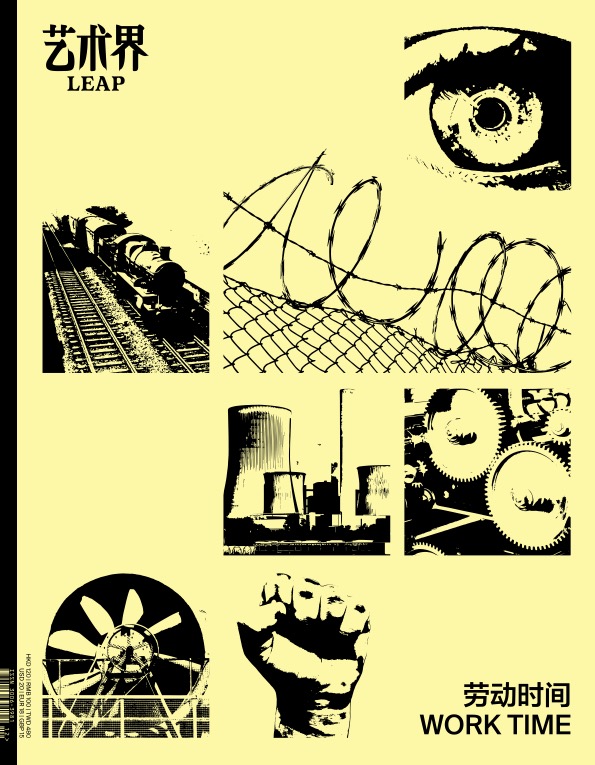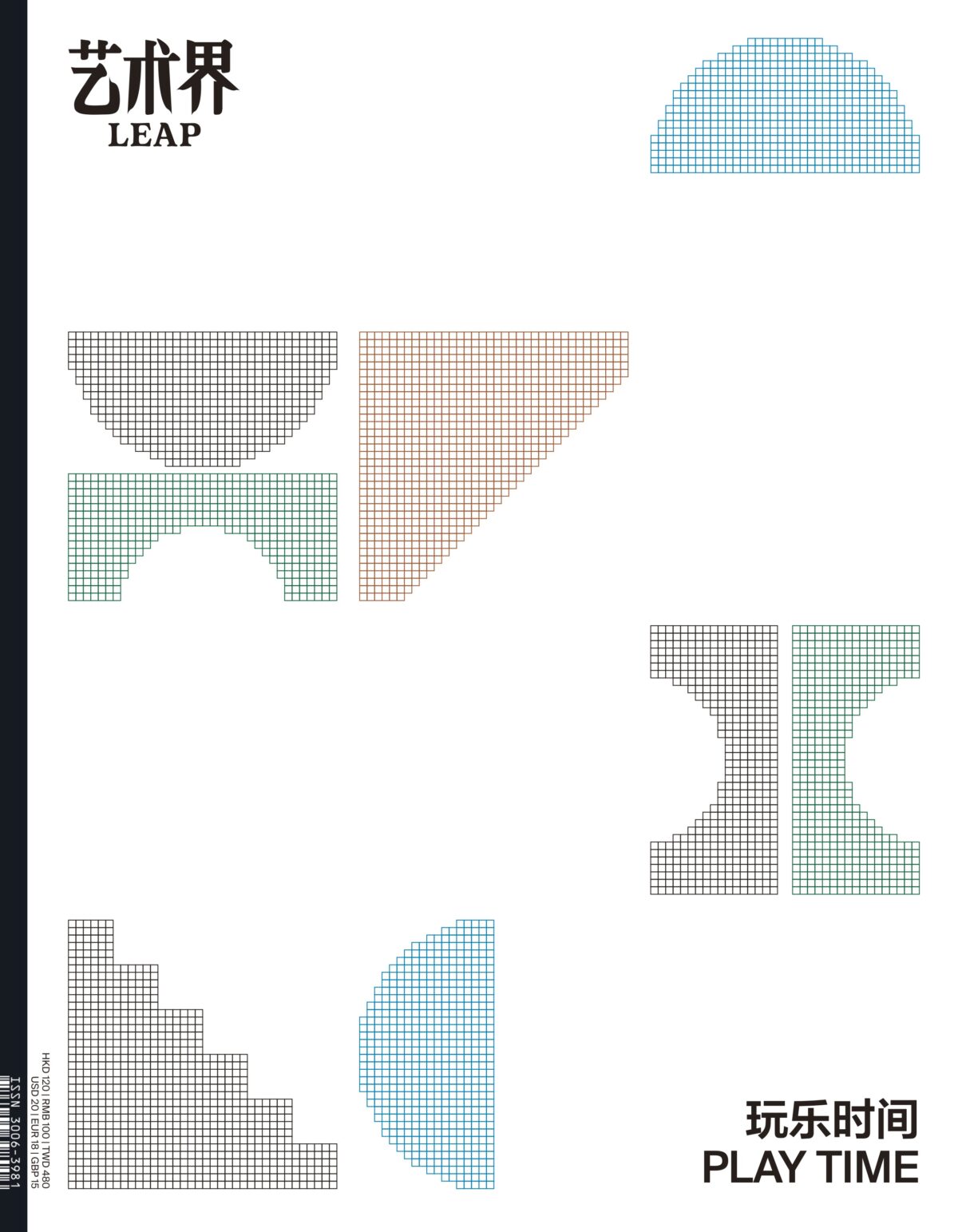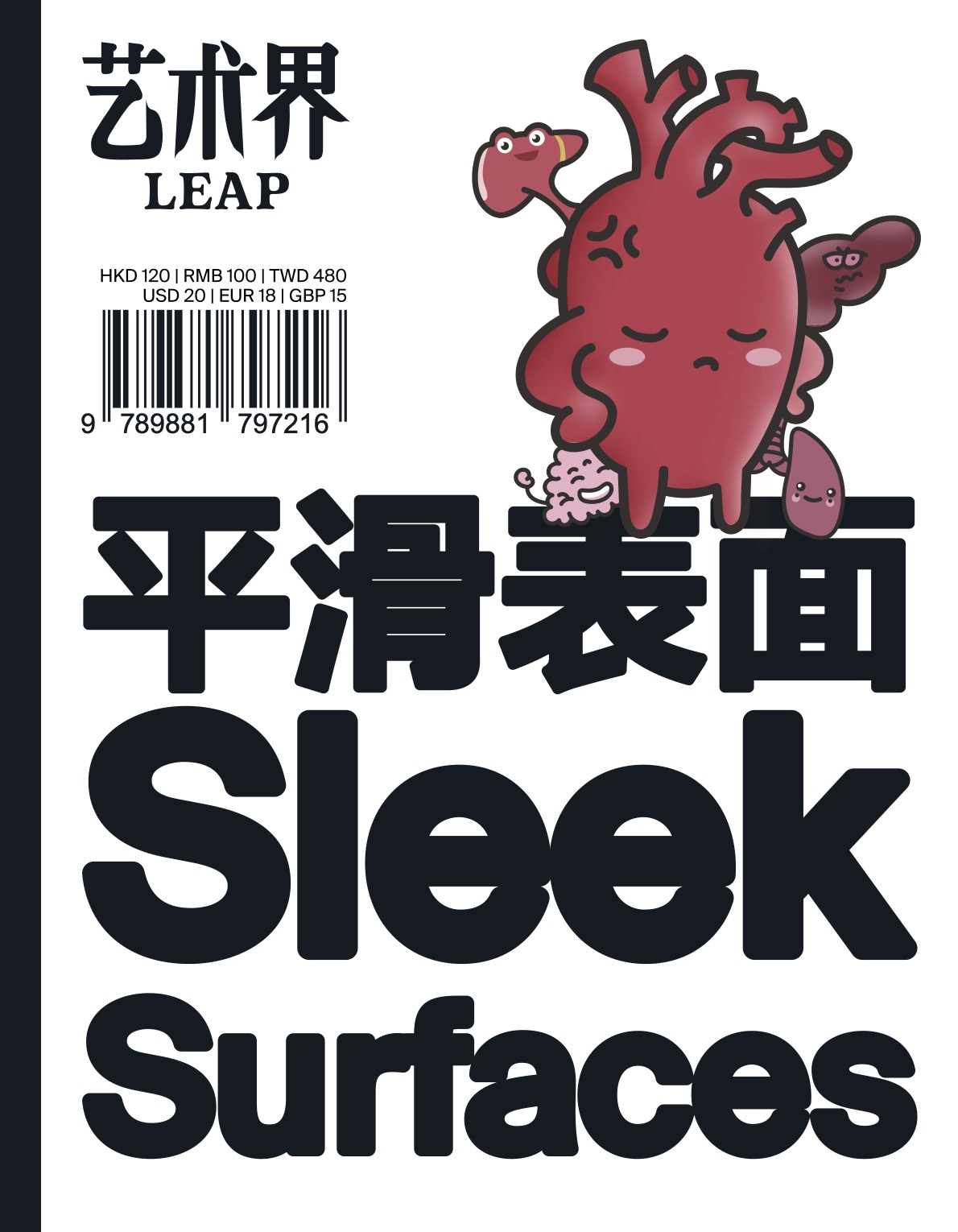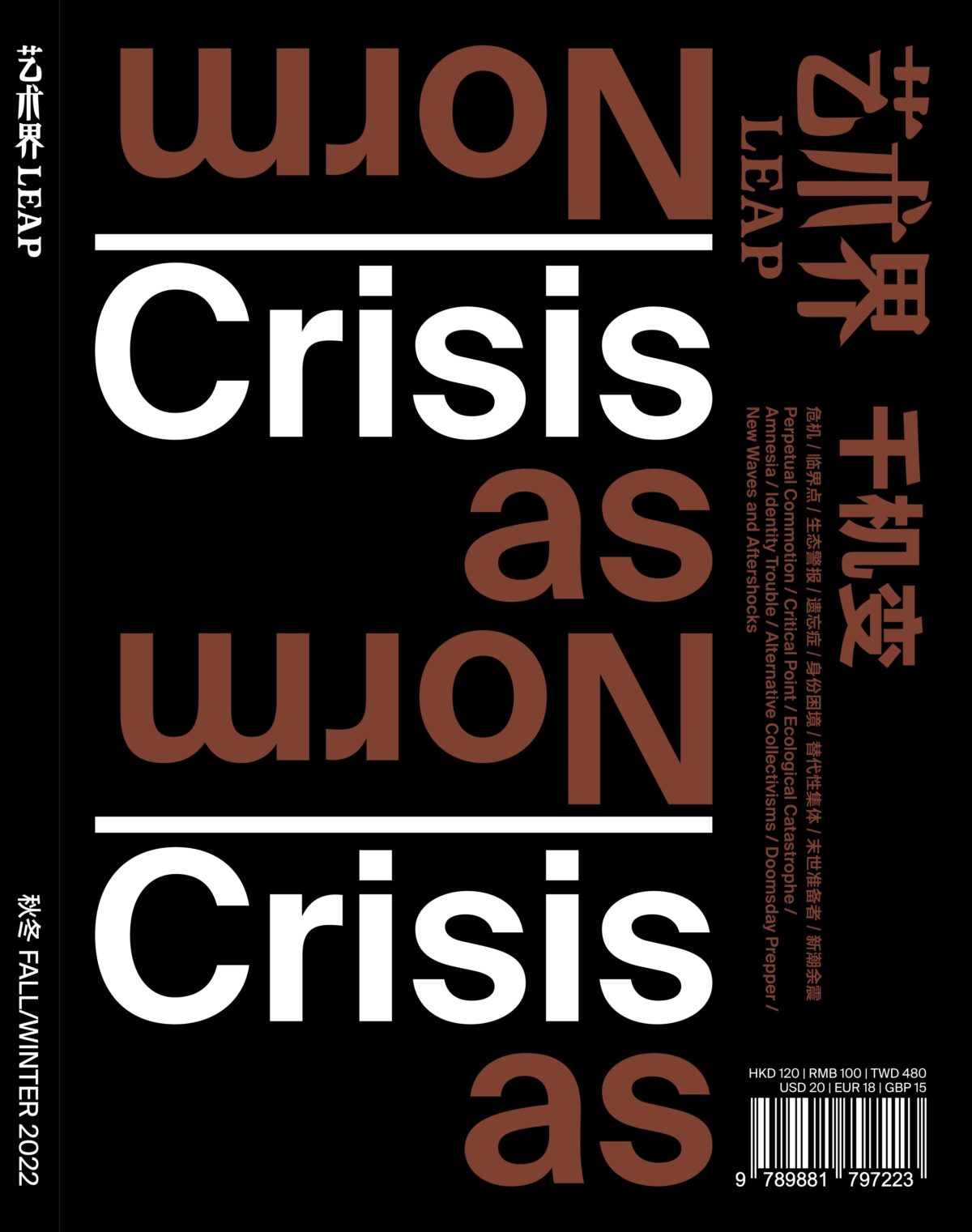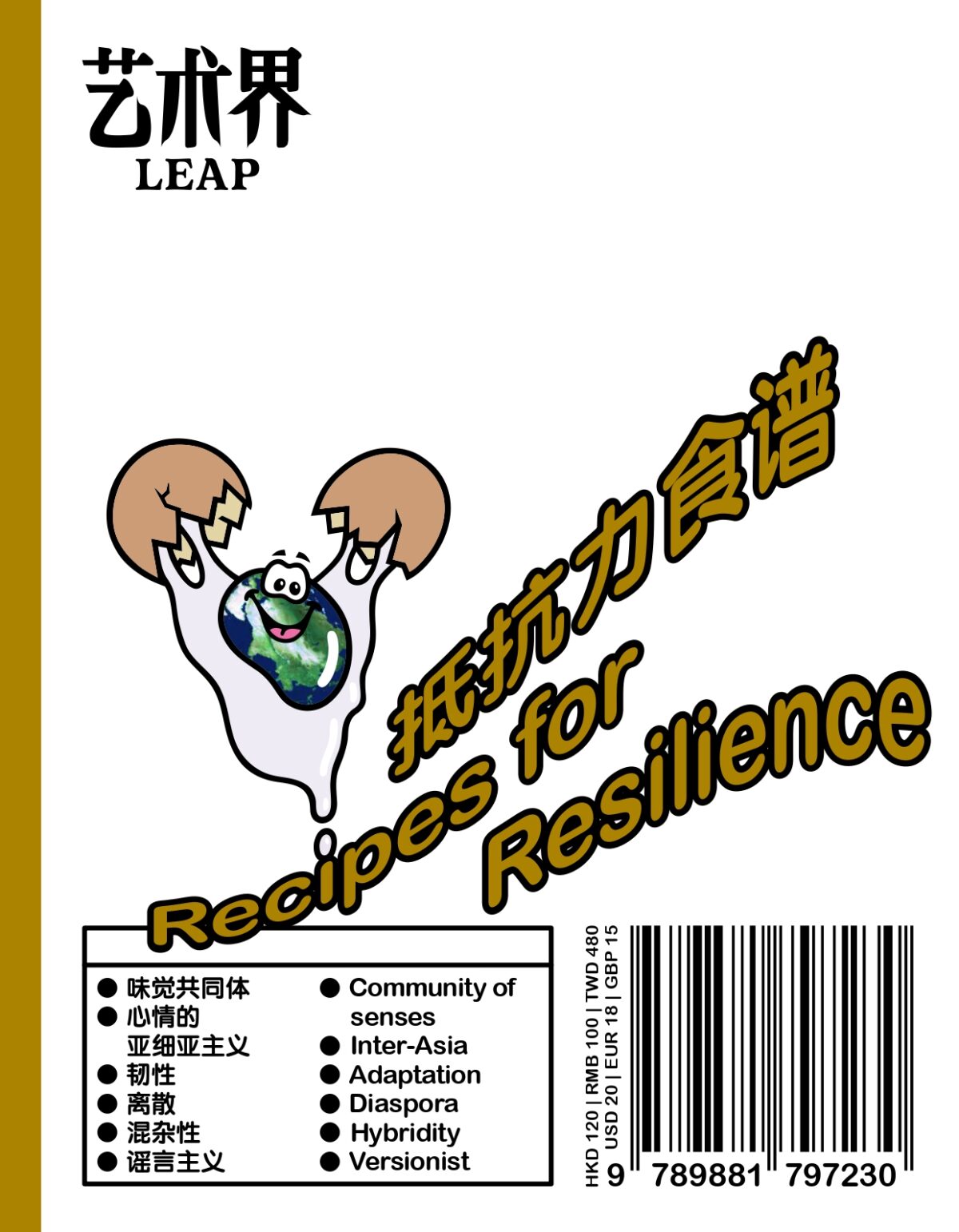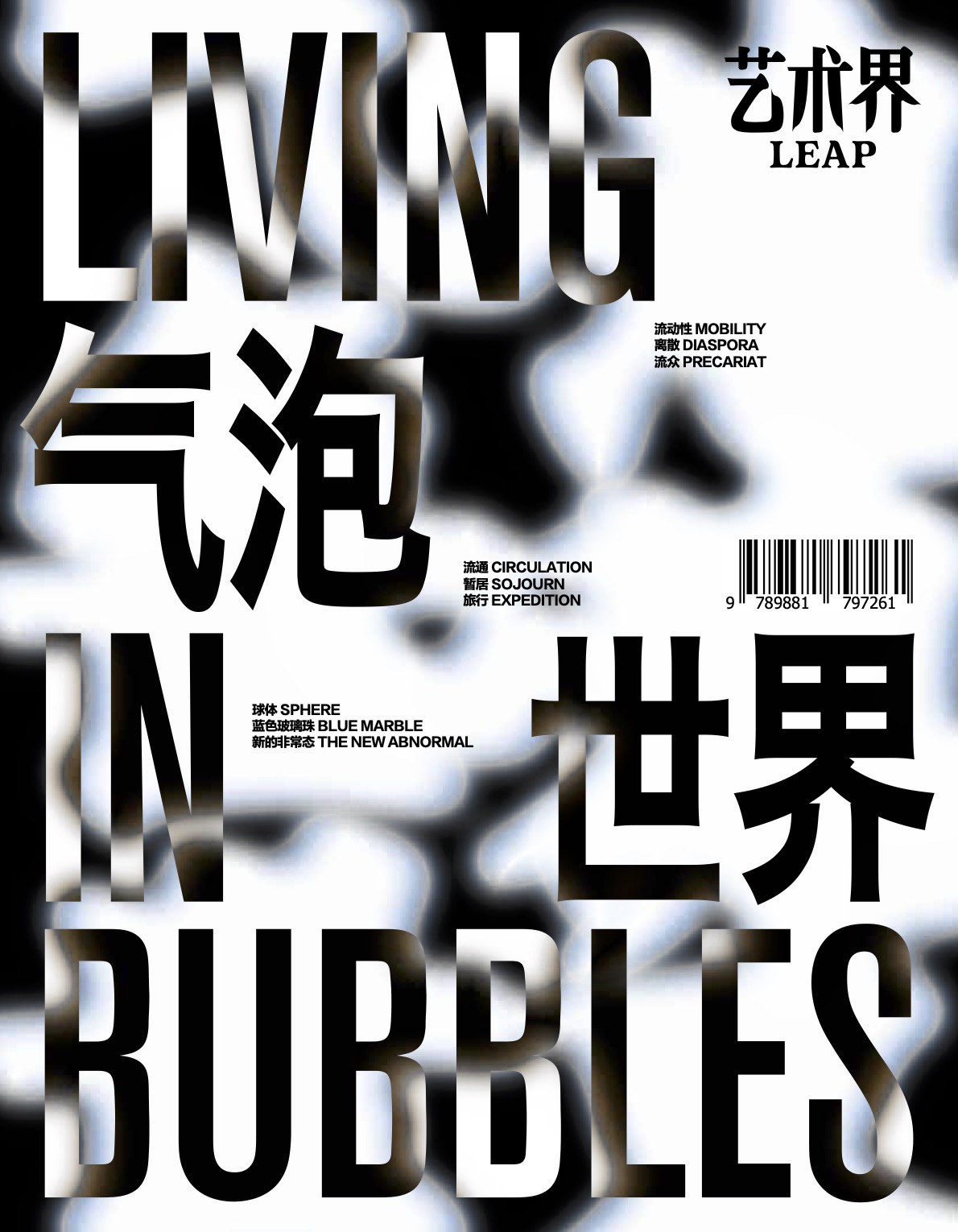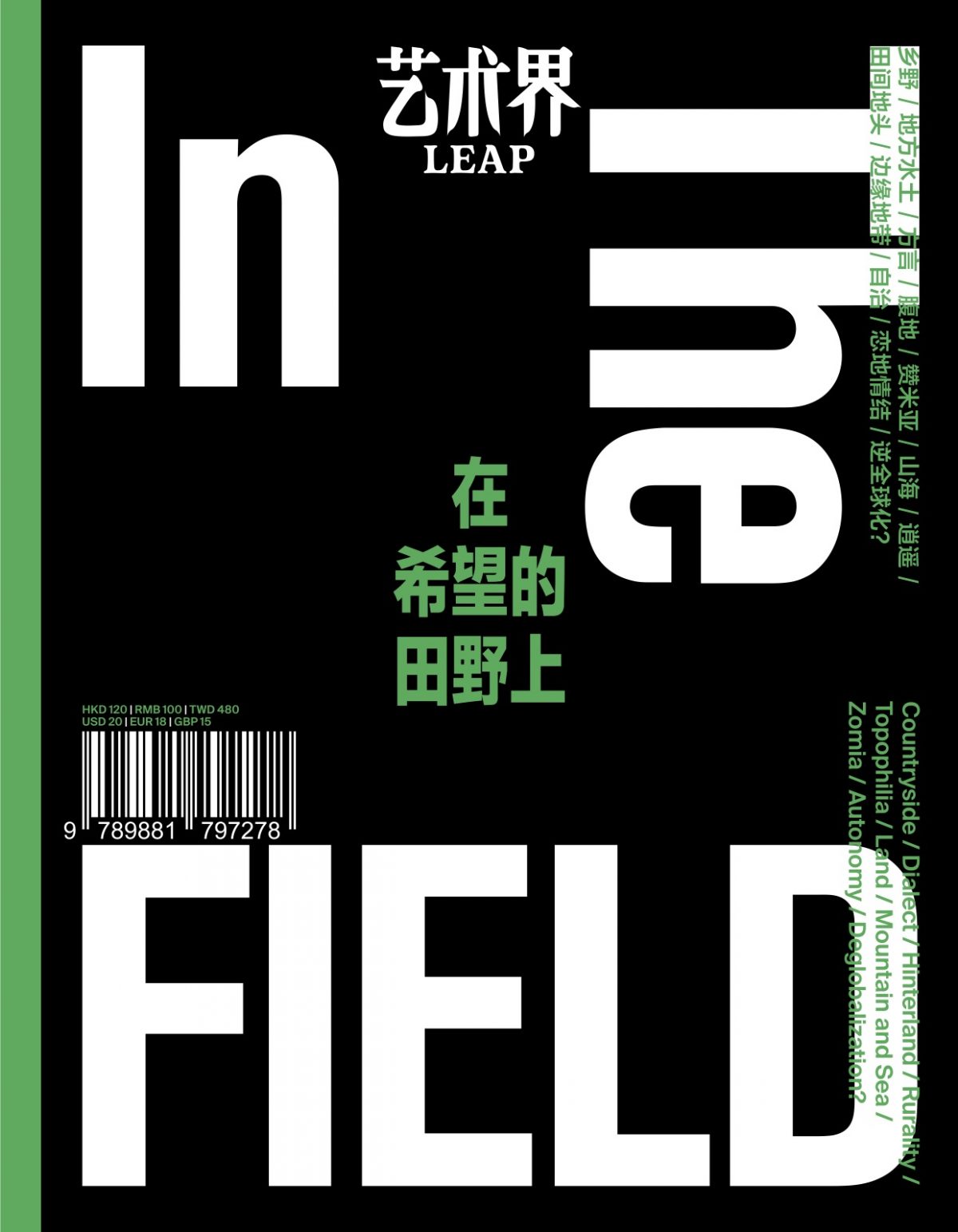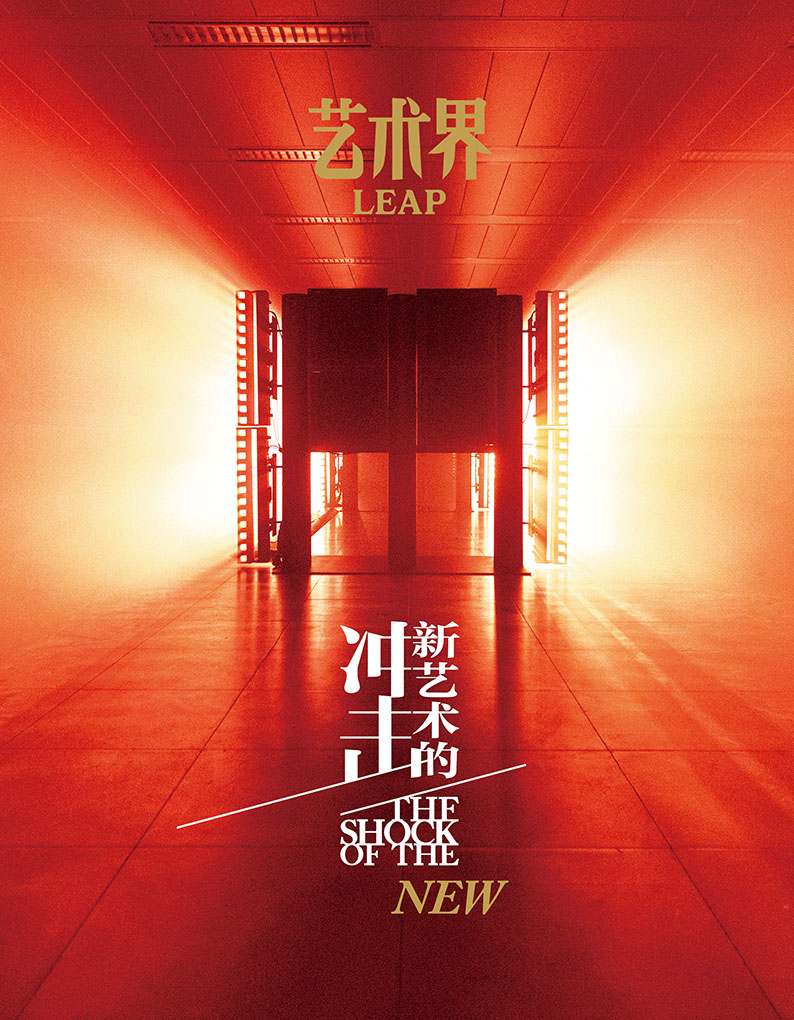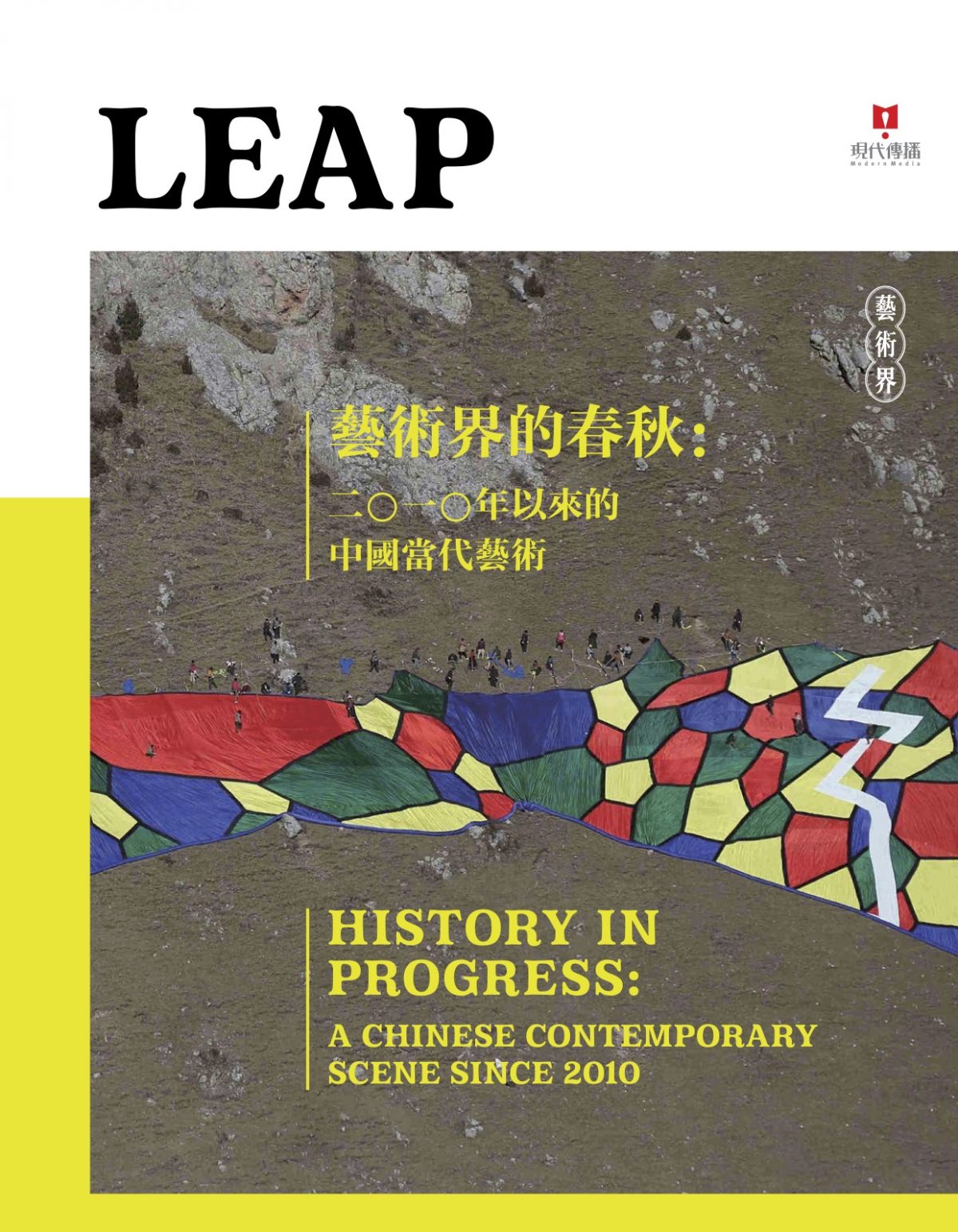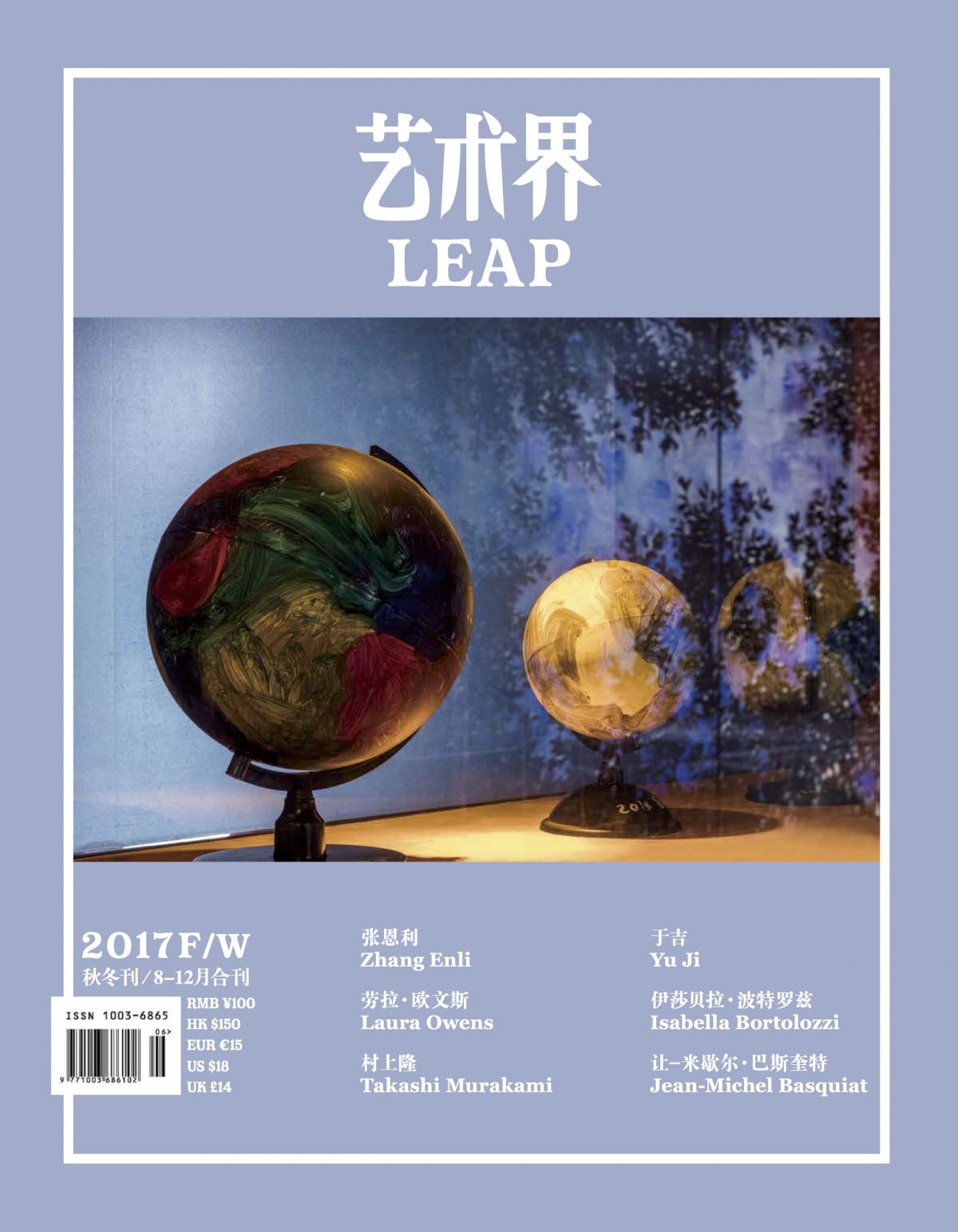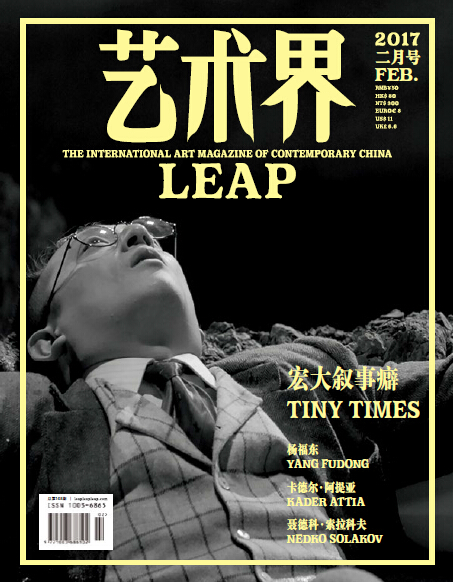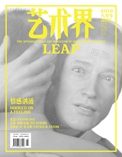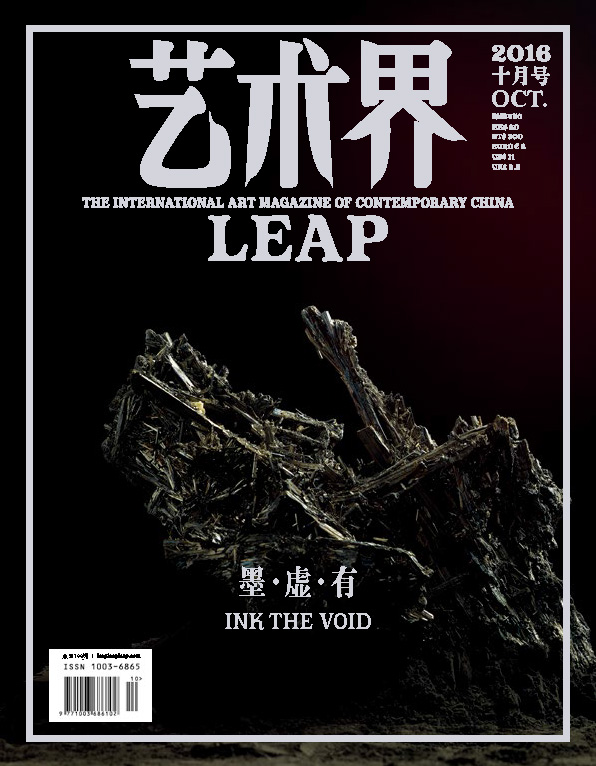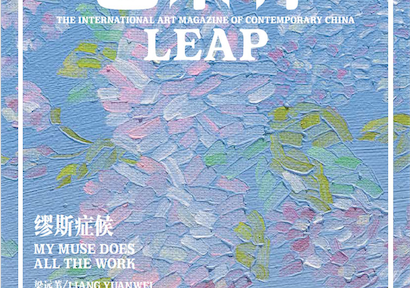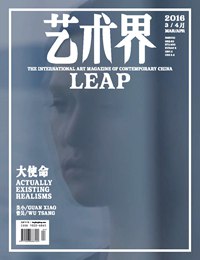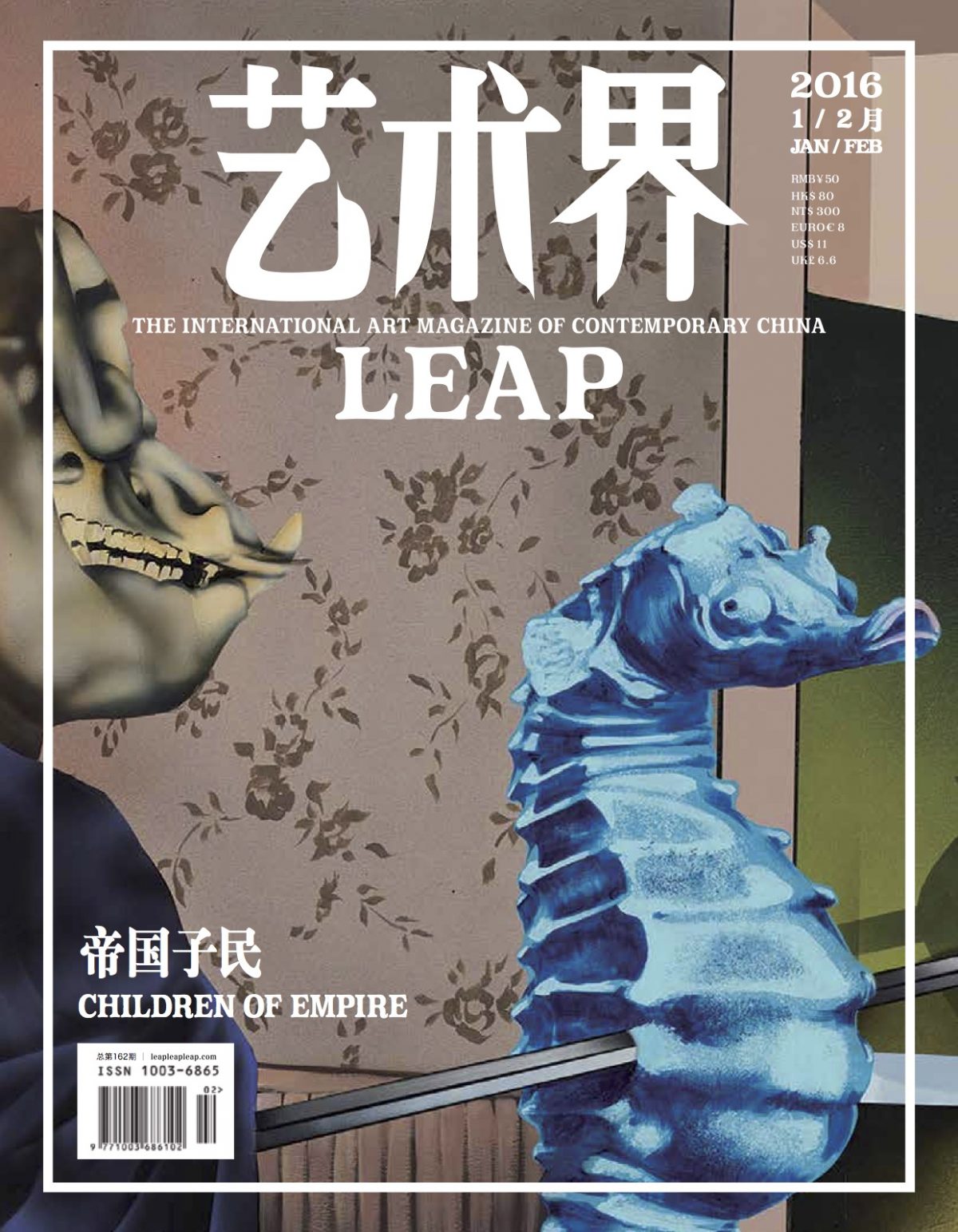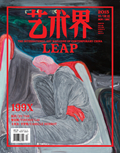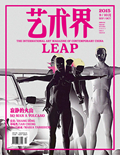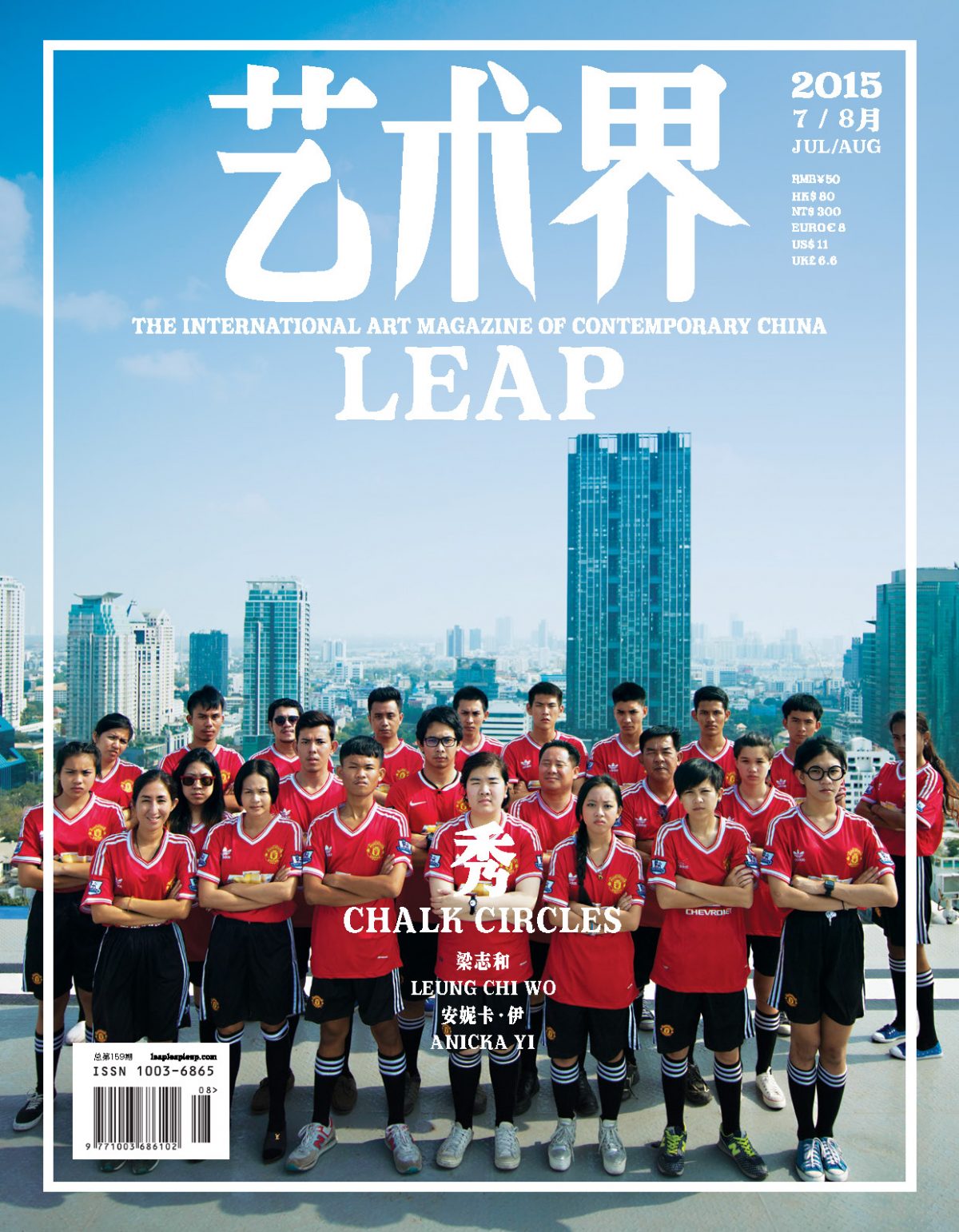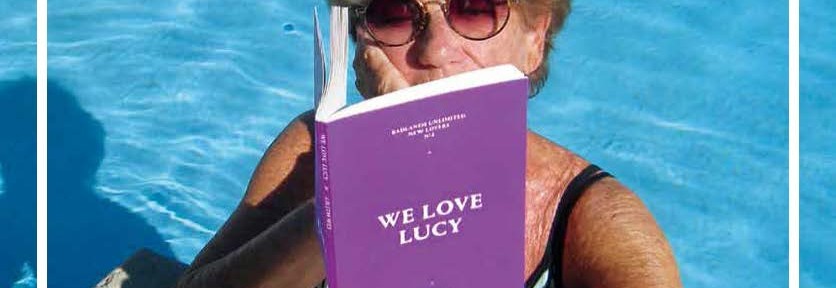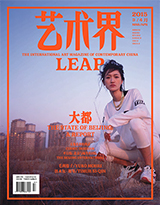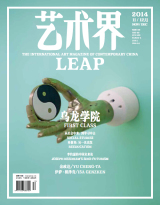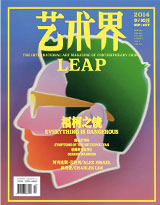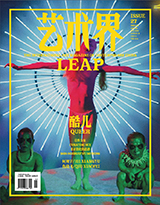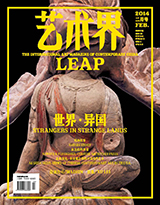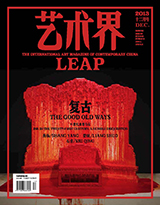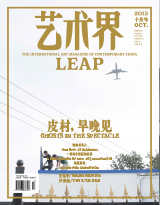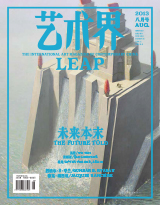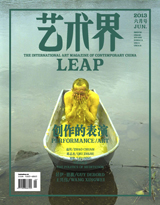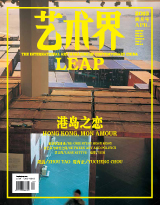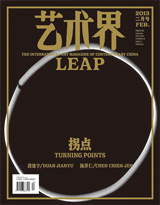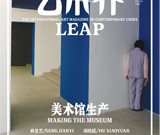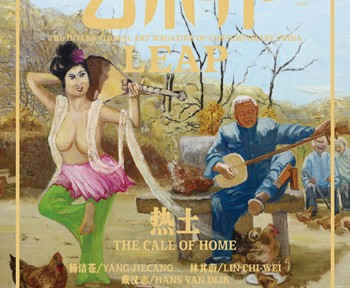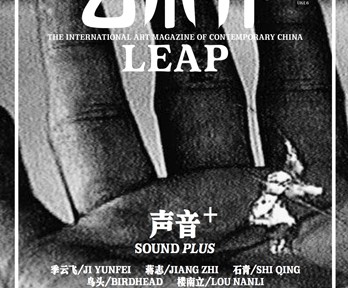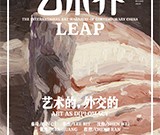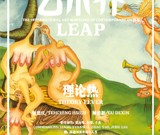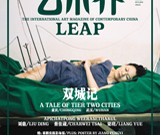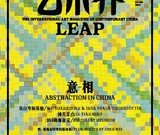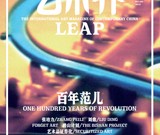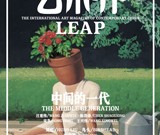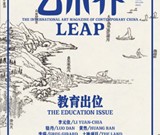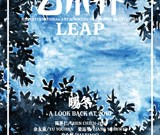In November 2020, LEAP organized an online discussion, inviting curators and art professionals from Shanghai, Hong Kong, London, and Amsterdam to share how they coped with the pandemic situation in their work. The discussion revolved around a very straightforward question: when the pandemic had interrupted many forms of connection that the art world had been used to, including international travel, large-scale biennales and festivals, openings and social events, etc., how did the art professionals, who had been active and mobile in the international art scene for years, see their connection to the “world”? Did they feel more connected or disconnected during the pandemic? However, even the most straightforward questions, when posed to a group of highly intelligent curators, can yield dialectic and ambiguous answers. One of the more popular conclusions that emerged from the discussion was that, when connections to the outside world were hindered, internal connections grew, smaller and localized dialogues would play a greater role.
At this point in time, we can declare that the vision of the “global village” has pretty much dissolved with COVID. The title for this issue of LEAP in Chinese, is dug from the bygone era of accelerated globalization. We took the name from the Chinese cover version of the 1988 Seoul Olympics theme song Hand in Hand, sung by the Hong Kong star Alan Tam. Although at the LEAP office, no one has actually experienced the Olympics that year, when we watched the opening ceremony of the Seoul Olympics on YouTube, as soon as the melody of the song came in, emotions flew down our bodies like electric currents, giving us goosebumps. It was a collective emotion of “all of the world connected at the same moment,” accentuated by the lyrics “Hand in hand we can, start to understand. Breaking down the walls that come between us for all time.” The surging emotions are definitely tinged with a sense of nostalgia, for a dream that we once had. Just think about the Tokyo Olympics that took place a few months ago, postponed from 2020 due to COVID, a collective feeling of “connectedness” was nowhere to be found at the events or in media representations, at least not the same kind from 1988.
Grand narratives are a thing of the past. It is also evident in pop music. Many contributors in this issue mentioned pop songs that were significant in their formative years. Almost inseparable from their personal significance is the zeitgeist. A cursory observation of Mandarin pop music is that songs that are considered hits these days often circulate on individualized channels and devices only (tiktok, for instance). Connections inspired by music are mostly forged within small and atomized online communities.
If for once we forget the expression “the world as one,” and replace critical distance with participatory depth, will there be more effective conversations both internally and between different interiors? With a persistence to stay connected, this issue of LEAP looks into the conversations and discussions around art that are happening at a local level, using the individual as a coordinate to observe the moments of connection, dialogue, emotional bonding, and motivation for collaboration between individuals. How can interpersonal friendships transcend barriers of identity, geography, culture, and divisive interests? How do actions instigated by friendships and collective creations of self-organizing communities manifest in artworks and social movements? With this issue of LEAP, we hope that personal narratives can create an atlas of intimacies that not only shows the richness of communion in friendships, but also helps us understand the boundaries and pitfalls floating around this connection known as friendship in specific contexts. We have known and will continue to discover friends, friendships, and ourselves in this journey.
[CONTENTS OF CONNECTED]
FEATURES
To the Countryside | Qu Chang
Diaries of Hope | Wang Wei
Possible Friendships | Yan Fang
shi shi nan liao—An Online Dialogue | Amiko Li & Dong Longyue
A Three-act Orchestration by the “Relational Aesthetics” Artist Group | Chen Min
Post Saan Dung Gei | Lam Tung Pang
An Exercise in Mutual Care | Guo Yun
Cuddle, like steamed rolls | xindi
Unfinished Collectivisms | Feng Faren
Prickly Paper: Workshop Once More | Chen Yifei & Ou Feihong
Enter player name: ____ | Harriet Min Zhang
Rooms | boho
Undercurrents | Xinyi Ren & David Felipe Suárez Mira
Friendship among Fans | Chen Tianqi
On the Island: Exchanging Adventures | Ceci Chan
REVIEWS
A Continuation of Decentralized Reality with Expanding Intimacy | Maifen
Curtain | Vennes Cheng
Peng Zuqiang: Hesitations | Ren Yue
I was dead on the Internet | xindi
Don’t Kill Me I’m in Love! — A Tribute to Huang Xiaopeng | Claire Shiying Li








